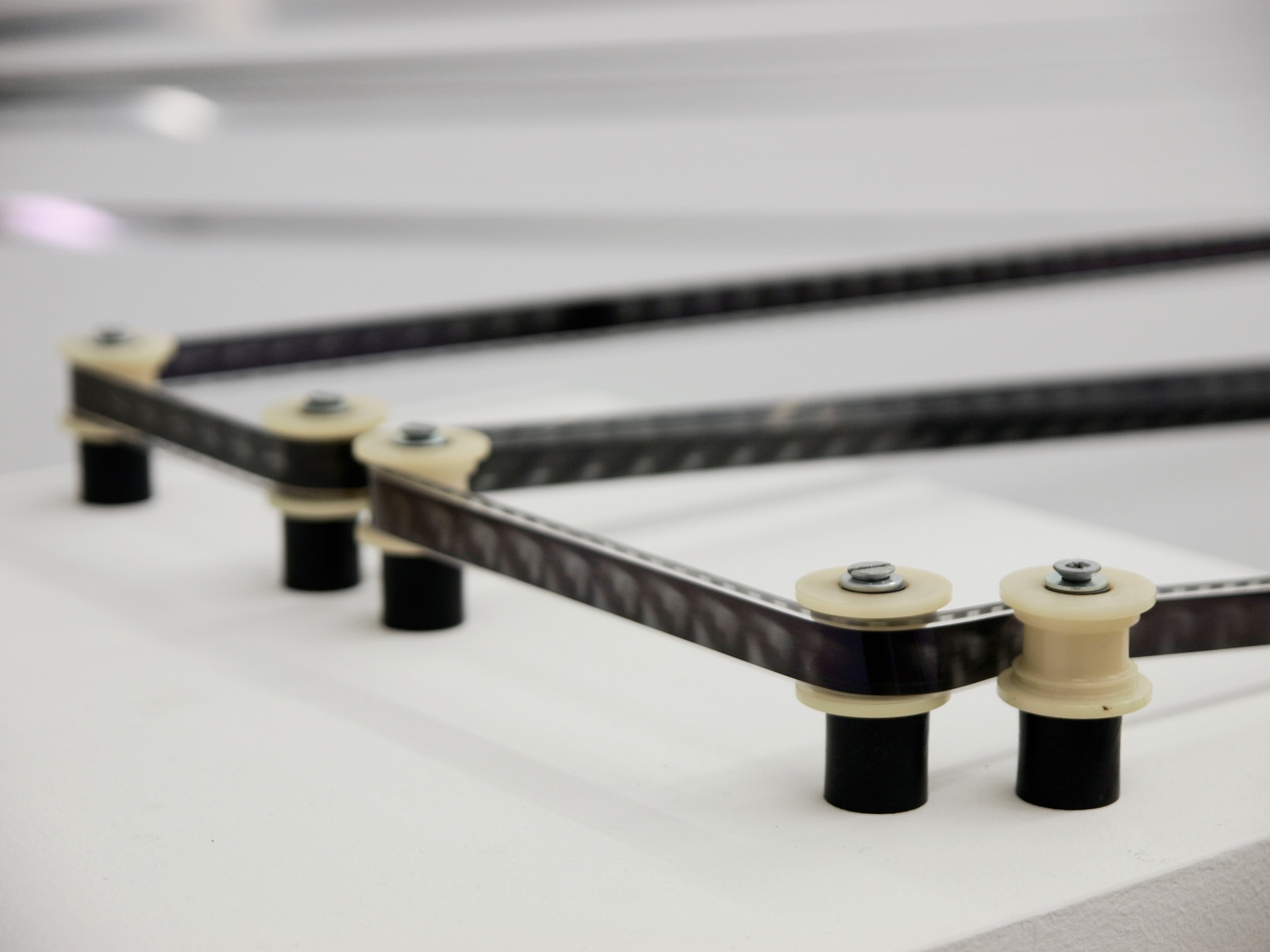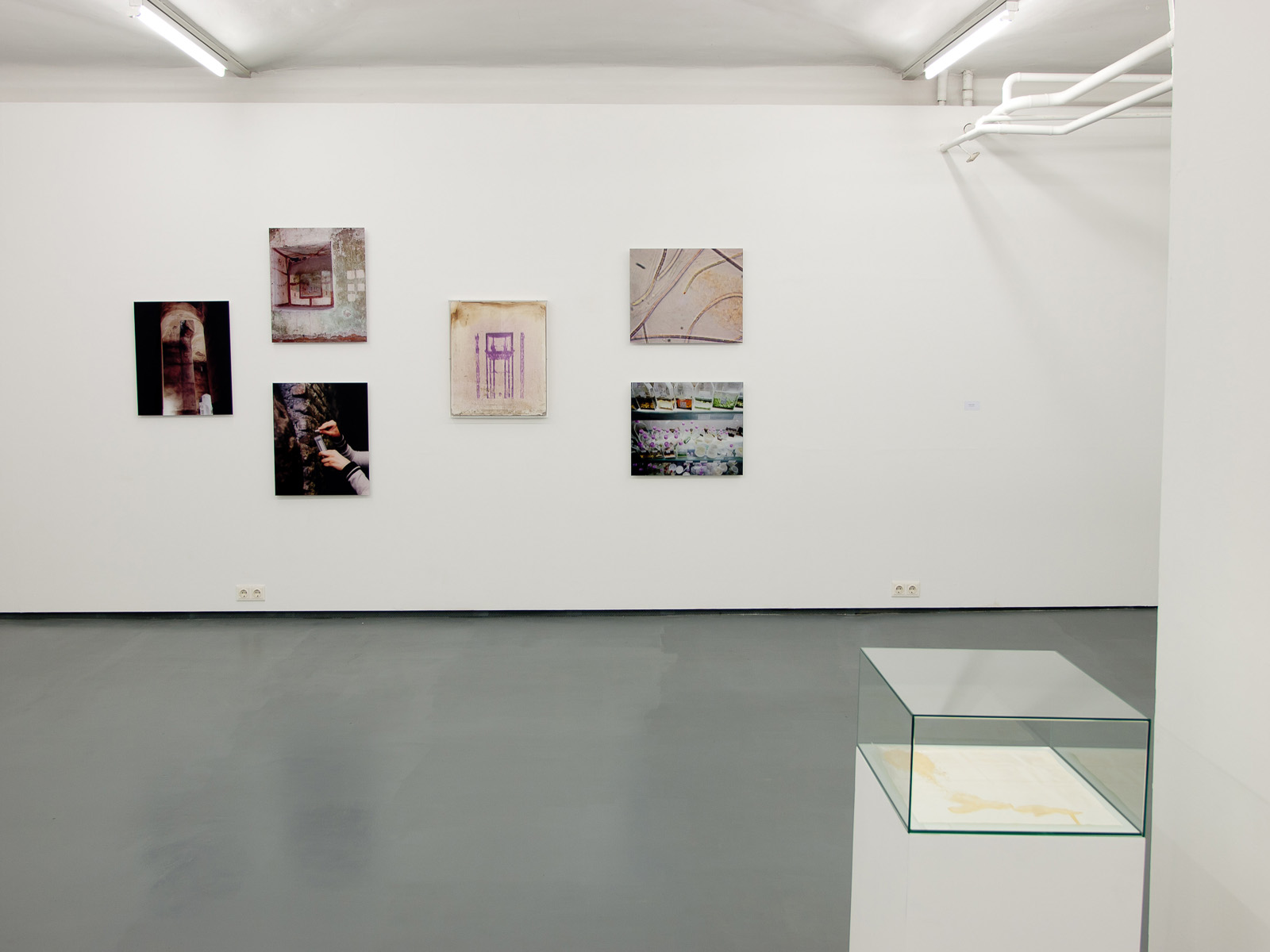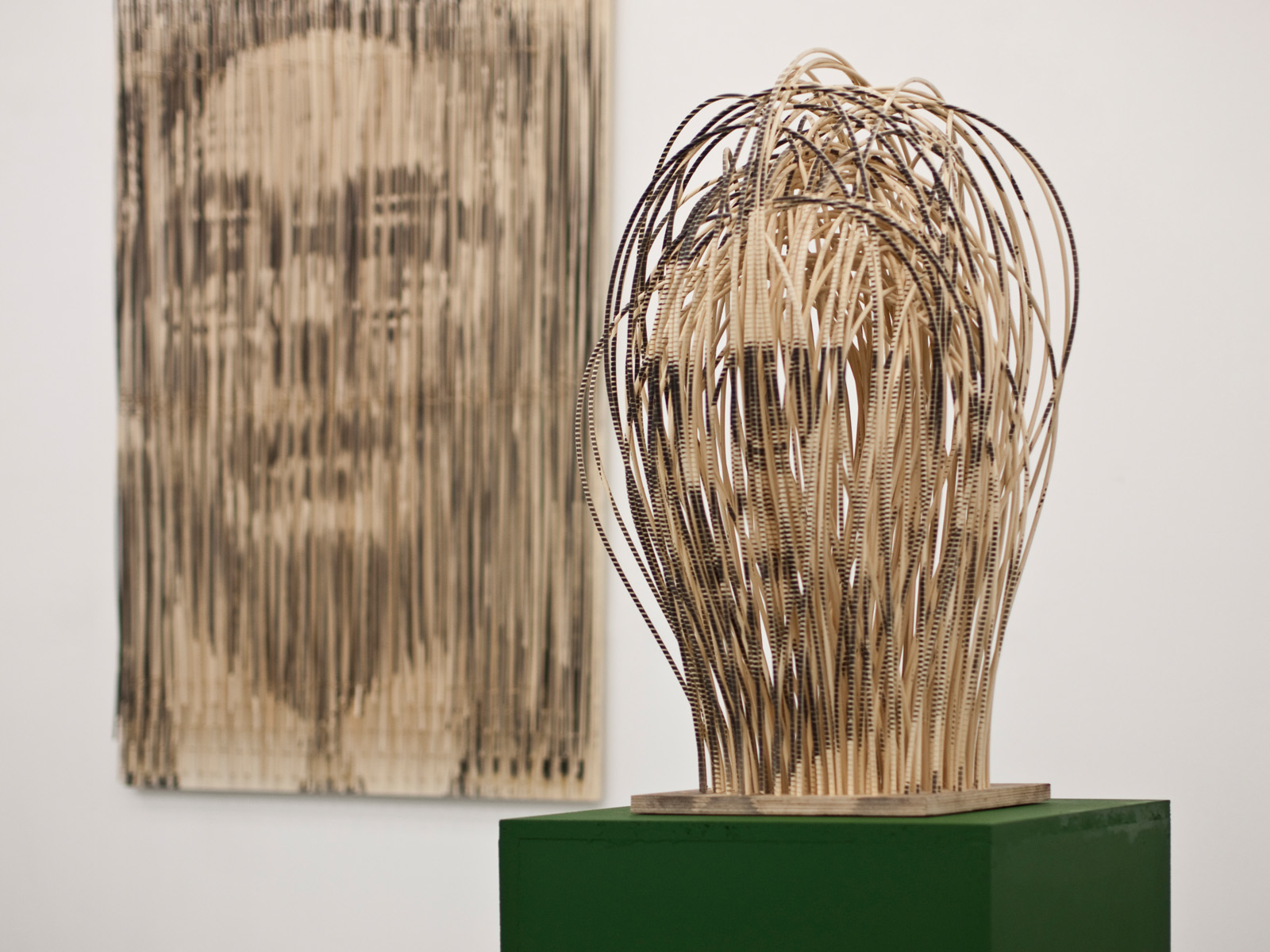Experiment, research, invention and exploration – these are keywords for this year’s theme of focus TECHNIQUES, MACHINES & METHODS – Artistic Processes of Image-Making, which has been developed by the curatorial Team at Fotogalerie Wien in collaboration with artist and photographer Thomas Freiler. Nowadays, with the seemingly final shift from analog to digital photography and now that photography appears to have become something that is “taken for granted” and is “easily accessible”, artists who construct their own machines drawing upon old preindustrial methods and exploring basic photographic parameters are increasingly emerging. This three-part exhibition series focuses on the inventive and unorthodox artistic methods and processes in image-making.
(textual support: Thomas Freiler)
-
TECHNIQUES, MACHINES & METHODS I – ARTISTIC PROCESSES OF IMAGE-MAKING
17. May 2011 — 11. June 2011
The first exhibition of this series is dedicated to CONSTRUCTED DEVICES. While interest is usually focused specifically on the images that result from apparatuses (apparare: prepare), here the devices themselves become the theme of the artistic works. [...] -
TECHNIQUES, MACHINES & METHODS II – ARTISTIC PROCESSES OF IMAGE-MAKING
30. August 2011 — 24. September 2011
When John Herschel titled his lecture “Notes on the Art of Photography” and presented it to the Royal Society in 1839, not only did he introduce the name for this new invention, the discourse around that which could be called the “photographic” was also initiated: on the one hand, a process based on rational laws of chemistry and optics and yet on the other hand, an apparently magical appearance or a specific manner of representationproducing what could be recognized as “photographic” images.. [...] -
TECHNIQUES, MACHINES & METHODS III – ARTISTIC PROCESSES OF IMAGE-MAKING
13. December 2011 — 28. January 2012
When we look at a photo we see what is depicted there and rarely the object we have before us that shows us that image. Ever since the photograph was invented, the characteristic perception of the object it is has continued to retreat into the background. With a Daguerreotype we held a small silver plate in a velvet 'envelope' in our hands. Later it became a thick card, then a thin paper and, finally, it is reduced to light on a projection screen or computer monitor. [...]


